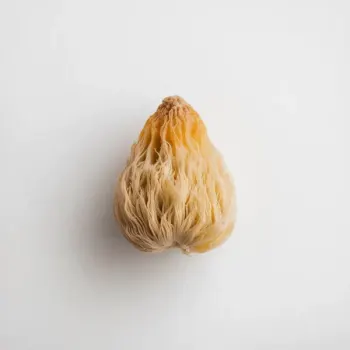


Liquid
Concentrated liquid Brewer's Yeast, used primarily in the production of beer and other fermented beverages.
Powder
Fine powder form of Brewer's Yeast, easily dissolvable, used for its nutritional content and as a flavoring agent.
Active Dry
Dehydrated granules of Brewer's Yeast, activated by adding to warm water. Commonly used in bread-making.
Nutritional Flakes
Yellow flakes of Brewer's Yeast, often fortified with vitamins, used as a dietary supplement and flavor enhancer.




powder: Lewis Labs
liquid yeast: White Labs
active dry yeast: Red Star
nutritional flakes: Bragg




